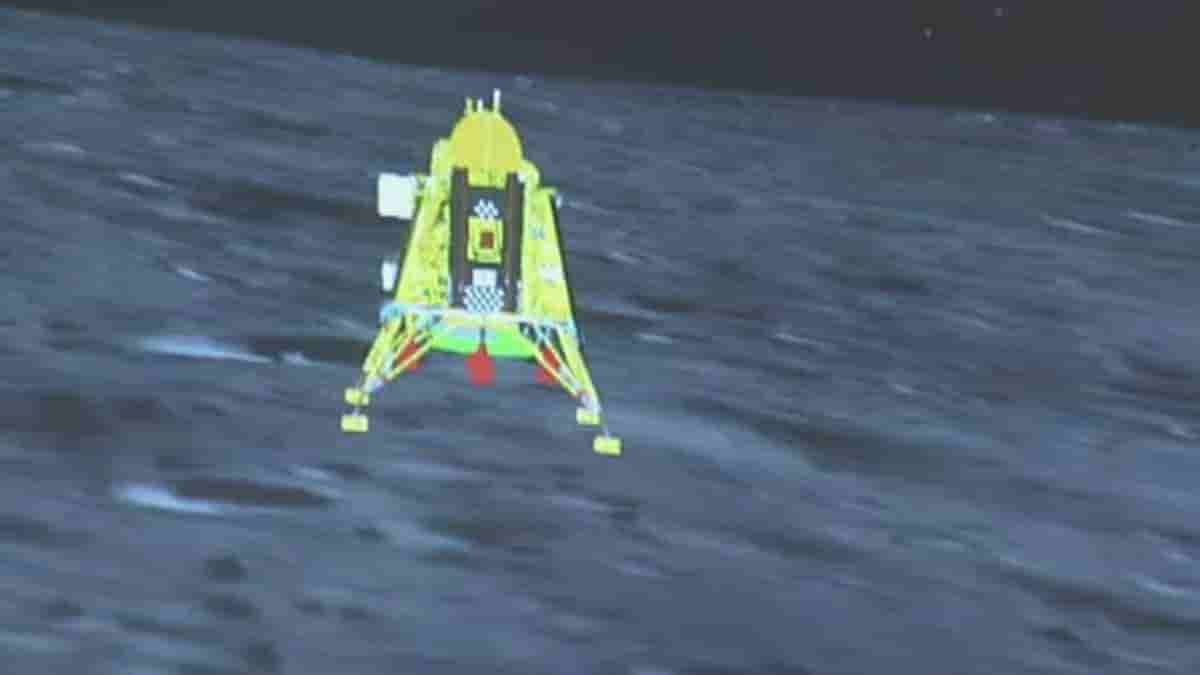India’s Chandrayaan 3 Achieves Historic Lunar Landing, Successfully Lands Lander and Rover on Moon’s South Pole

Chandrayaan 3, India’s third lunar expedition achieved success and marked history on 23 August 2023. The lunar mission under the Indian Space Research Organisation (ISRO) Chandrayaan programme started its journey on 14 July 2023, i.e., it was launched on this day. Subsequently, the lander and rover landed on the Moon’s south pole region on 23 August.
The journey of Chandrayaan 2 gained success after notable trials and tribulations. In the year 2019, ISRO launched the Chandrayaan 2, whose lander, Vikram,
experienced a crash or harsh landing due to its high velocity. The Chandrayaan 2 had on board a Launch Vehicle Mark-3, which consisted of an orbiter, a lander and a rover. The lander was supposed to land on the lunar surface on September 2019, to deploy the Pragyan rover.
After the events of Chandrayaan 2, ISRO proposed Chandrayaan 3, collecting all necessary learnings from the Chandrayaan 2 mission. Chandrayaan 3’s objective at the foremost was to land a lander safely on the lunar surface. Now that it has happened, ISRO will look into the driving capabilities of the rover on the Moon’s surface. Researchers will now study the materials available on the Moon, through experiments, and analyse the composition of the moon.
The Chandrayaan 3 had on board an LVM3-M4 rocket.
ISRO placed the Chandrayaan 3 spacecraft into an orbit around the Moon on 5 August.
In August, the lander, Vikram, parted to carry forward its own mission.
Finally, on 23 August 2023, the lander processed a braking manoeuvre when it was 30 km above the lunar surface. 11.5 minutes after that, the lander was just 7.2 km away from the Moon’s surface. Then the lander maintained its altitude for about 10 seconds and stabilized itself with eight small thrusts. It then acquired a vertical position from its initial horizontal position.
The descent then slowed down until it was 150 metres above the surface. After that, it hovered above the lunar surface for 30 seconds before marking an optimal landing spot. It eventually, touched down the lunar surface at 12.32 UTC.


